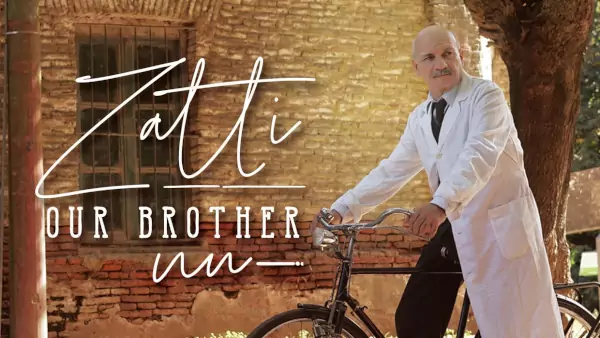13 July - Son of Henry the Quarrelsome, Duke of Bavaria and Gisele of Burgundy, daughter of King Conrad III of Burgundy, Henry, destined to be a cleric like his brother Bruno, is educated by the Church, first by Bishop Abraham of Freising, then in the cathedral school of Hildesheim.
However, he chose the secular state and married Cunégonde of Luxembourg, in a marriage marked by chastity, as he passed for not being able to be a father. He succeeded his father as Duke of Bavaria in 995 under the name Henry IV of Bavaria.
On his way to Rome to rescue his cousin Emperor Otto III, he quickly took up the insignia of King of Germania to face those who opposed him. However, he was elected King of Germania in Mainz on 7 June 1002, against his cousin Otto of Carinthia. Contested by Ekkehard of Misnie and Hermann II of Swabia, he was crowned on 8 September 1002 in Mainz with the support of the Archbishop of Mainz, Willigis. He then left for Italy to confront Arduin of Ivrea, self-proclaimed king of Italy and instigator of the revolt against the Germans. He was crowned king on 15 May 1004 and succeeded in restoring most of the Germanic authority in the north of the peninsula, but part of the Italian nobility refused to recognise him for a long time.
Henry II led another campaign in Italy in 1013 and this time he reached Rome, where Pope Benedict VIII crowned him emperor on 14 February 1014. Like his predecessors, he intervened in the affairs of the Church. His most significant interventions were in the field of relations between the Empire and the Church, and in the internal functioning of the Church. He supports the bishops against the regular clergy, who manage to reconcile their secular power in their territories with their spiritual power. It reinforces the clergy's obligation of celibacy, so that gifts of land do not go to heirs, thus guaranteeing faithful bishops and thus support against rebellious nobles and ambitious families. He founded the bishopric of Bamberg in 1007, which soon became a centre of culture. In 1020, the Pope consecrated the new cathedral and convinced him to return for a third and final campaign in Italy. In 1022, in order to support Pope Benedict VIII, the emperor led a powerful army of sixty thousand men to Italy. At the head of the largest contingent he followed the Adriatic coast. Archbishop Pilgrim of Cologne with twenty thousand men descends along the Tyrrhenian coast to subdue Capua.
In 1024 he again installed John XIX on the papal throne and then worked with him in the preparation of a new council to establish a way of functioning between the Church and the Empire, because the imperial church in Germany was becoming corrupted by the investiture into the ecclesiastical lordships by the nobility of lay prelates who sometimes had legitimate children or came from concubines. Henry II died suddenly on July 13, 1024. Renowned for his piety and his role in the reform of the Church, he was canonized in 1146; he was the only Germanic emperor to have been canonized.








